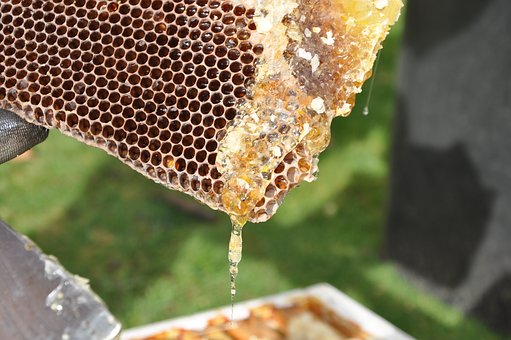Top 5 Myths Regarding Natural Honey
Honey has been proven to provide medicinal advantages for years, but it also carries some urban legends. It is now impossible to distinguish between the good and the bad since myths and reality have been entwined for so long. What justifies your assertion? A passage from a book, an article you read online, or a story your grandmother told you. With the aid of verifiable information and science, we suggest it's time to dispel some common misconceptions about natural honey. So here we are, prepared to disprove some unfounded assumptions.
1. Bad honey is crystallized
honey
Honey is pure when it is a clear liquid, and when it crystallizes, you decide to discard it. Don't we sometimes judge others too harshly? Since honey is nothing more than a highly saturated solution of the two sugars fructose and glucose, the crystallization of honey is a fully natural process.
These two sugars make up more than 70% of all honey in varying proportions, and the amount of crystallization depends on the concentration of each sugar. As glucose is less soluble in water than fructose, it separates during crystallization. It has no impact on the flavor, health benefits, or quality of honey. Another intriguing truth is that pure crystallized honey will spontaneously turn back into a clear solution if exposed to sunlight for a few hours. One of the finest tests for pure honey is that.
2. All Honey Have the
Same Flavor
All you need in this case is a little reasoning. Where is a honey produced? Flowers, that's right. Are all flowers the same at this point? Your myth debunker is there. There are many distinct kinds of honey, each with its own flavor, color, and perfume. Honey changes as nectar, its nectar source, changes. For instance, eucalyptus honey and sunflower honey have radically distinct tastes and appearances. It's interesting to note that the same type of honey might have a distinct flavor and appearance depending on the time of year and the area where the bees collected the nectar.
3. Only Pure Honey that
is thick
Now, in a manner similar to how the source (nectar) can alter the color and flavor of honey, it can also alter the viscosity of honey. As we just mentioned, the majority of honey is made up of sugar (glucose and fructose) and very little water. The concentration of each component as well as the amount of sugar in the nectar affects the viscosity of honey. Ajwain honey, for instance, is significantly thicker than cotton honey or acacia honey.
4. Pollen is an
impurity in Forest Honey
You must first comprehend pollens in order to dispel this fallacy. When bees stop taking nectar from flowers, they also collect pollen. A ball of bee pollen is composed of several small floral pollen grains. These pollens are carried by bees to the hives, where they are stored and consumed as food. Bee pollen is well recognized as a complete health food. The bee pollen is still present in wild honey because it is now packaged without filtration or other processing. Therefore, the presence of pollen really indicates exceptional cleanliness rather than impurities.
5. Honey Testing
Pure honey is flammable, does not immediately dissolve in water, does not crystallize, and so forth. Numerous home tests to determine the purity of honey are available, but they are useless. Because honey sellers are clever, they have figured out how to cheat on these tests using cutting-edge adulteration methods. Only use chemical testing to determine the composition of honey.
Conclusion:
If you want pure natural honey then you can directly connect with beekeepers and honey suppliers who collect natural honey and sell it in natural form.
.png)


Comments
Post a Comment